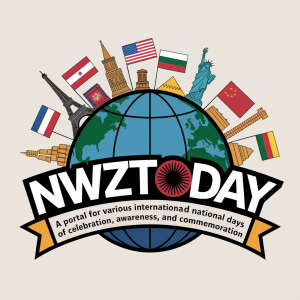Welcome the New Year, Andean Style!
June 21, 2025, marks the celebration of the Andean New Year, a vibrant and culturally rich occasion that coincides with the winter solstice in the Southern Hemisphere. This day, also known as Inti Raymi, or Festival of the Sun, serves as a spiritual and communal renewal for the indigenous Andean communities. But what makes this day so special? Let’s delve into its history, significance, and the beautiful traditions that make it unique.
The History Behind Andean New Year
The Andean New Year has its roots in ancient Inca traditions. The Incas, who revered nature and its cycles, celebrated the winter solstice as the rebirth of the sun god, Inti. For them, the shortest day of the year symbolized the turning point when the sun would begin its gradual return, bringing warmth and life back to the earth. This festival was a way to honor the sun’s life-giving energy and to express gratitude for the harvest.
Although colonial influences suppressed many indigenous traditions, the Andean New Year has seen a revival in recent decades. Today, it is a powerful symbol of cultural pride and resilience, connecting modern-day Andean peoples to their ancestral roots.
Significance of the Andean New Year
The Andean New Year is more than just a celebration; it is a time of reflection, gratitude, and renewal. It marks the beginning of a new agricultural cycle and serves as a reminder of humanity’s deep connection to nature. The day underscores the importance of balance and harmony with the natural world, values that are increasingly relevant in today’s fast-paced, technology-driven society.
How is Andean New Year Celebrated?
Celebrations typically begin before dawn, with people gathering at sacred sites such as Tiwanaku in Bolivia or Sacsayhuamán in Peru. As the sun rises, rituals are performed to welcome its return. These include offerings of coca leaves, corn, and other natural elements, symbolizing gratitude and a request for blessings in the year ahead.
Traditional music, dance, and vibrant clothing are integral to the festivities, creating a lively and colorful atmosphere. In some communities, people also partake in cleansing rituals to rid themselves of negative energies, ensuring a fresh start for the new year.
Fun Facts About Andean New Year
- The Andean New Year aligns with the winter solstice in the Southern Hemisphere, while June 21 marks the summer solstice in the Northern Hemisphere!
- The celebration is officially recognized as Año Nuevo Andino Amazónico y del Chaco in Bolivia, where it is a national holiday.
- Tiwanaku, a UNESCO World Heritage Site, is one of the most iconic locations for Andean New Year celebrations. Its ancient stone structures align perfectly with the solstice sunrise.
Join the Celebration!
Whether you’re in the Andes or simply curious about its rich traditions, the Andean New Year is a wonderful opportunity to learn about and appreciate the cultural heritage of indigenous communities. Consider visiting a local celebration or researching more about the Inca civilization to deepen your understanding. Let’s honor this day by embracing its message of gratitude, renewal, and harmony with nature.









